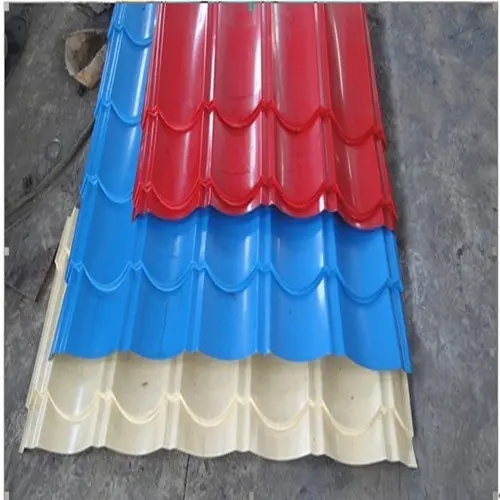
Cold Purling Roll Forming Machine An Overview
In the realm of modern construction and structural engineering, the importance of efficient and precise manufacturing processes cannot be overstated. One of the innovative technologies that have significantly enhanced the production of steel framing components is the cold purling roll forming machine. This piece of equipment is designed to create purlins, which are essential structural elements used to support roofs and walls in various buildings, especially in the commercial and industrial sectors.
What is a Cold Purling Roll Forming Machine?
A cold purling roll forming machine is a specialized industrial device used for producing cold-formed steel purlins. These purlins are often used as horizontal supports in roof and wall construction, providing stability and strength to structures. The machine operates by continuously feeding a flat strip of steel through a series of rollers, which progressively shape the material into the desired profile. This method ensures that the produced purlins are uniform, lightweight, and robust.
The Process of Cold Roll Forming
The cold roll forming process begins with the selection of high-quality steel strips, usually galvanized or pre-painted, to prevent corrosion and enhance durability. The flat steel is then fed into the roll forming machine, where it undergoes a series of bending and shaping operations. The rolls are precisely designed to create specific profiles, such as C, Z, or U-shaped purlins, depending on the structural requirements.
One of the key advantages of cold roll forming is that it maintains the material’s grain structure and mechanical properties, leading to superior strength and rigidity in the finished product. Furthermore, the process produces minimal waste, making it an economical choice for manufacturers.
Applications of Cold Purlins
Cold-formed purlins are widely used in various construction projects
. They serve critical roles in1. Commercial Buildings Purlins are essential in supporting roofing systems, allowing for the construction of large open spaces without the need for numerous columns. 2. Industrial Facilities Warehouses and manufacturing plants often utilize cold purlins for their structural framing due to their strength and lightweight characteristics. 3. Agricultural Buildings Grain silos, barns, and other agricultural structures frequently employ purlins to support roofing and wall cladding.

4. Prefabricated Structures In modular and prefabricated construction, cold-formed purlins are essential for ensuring structural integrity while allowing for rapid assembly.
Benefits of Using Cold Purling Roll Forming Machines
The adoption of cold purling roll forming machines offers numerous advantages
- High Precision The machines produce consistent profiles with tight tolerances, ensuring that every purlin fits perfectly in the intended structure.
- Cost-Effectiveness Due to the efficiency of the roll forming process and the reduction of material waste, manufacturers can produce high-quality purlins at lower costs.
- Versatility These machines can be adjusted to create various purlin shapes and sizes, catering to different project requirements.
- Reduced Labor Costs Automation in roll forming minimizes the need for manual handling and assembly, resulting in lower labor costs.
- Faster Production The continuous nature of the process leads to high production speeds, enabling manufacturers to meet tight deadlines.
Conclusion
The cold purling roll forming machine represents a significant advancement in the manufacturing of structural steel components. By providing precision, efficiency, and versatility, it has become an integral tool for modern construction practices. As the demand for sustainable and durable building materials continues to rise, the relevance of cold-formed purlins and the machines that produce them is expected to grow, positioning them as vital components in the future of construction.